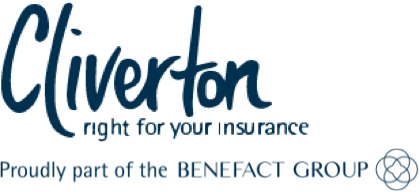The Raw Pet Food Revolution
26th February 2020
Globally we are increasingly becoming aware of our environment, our health and our nutrition so it is no surprise that over the last 5 years as pet owners we are becoming more conscious of the diet we feed our pets as well as ourselves.
The raw food diet appeals to many as it is seen as the healthy way to feed pets, free from preservatives and completely natural.
If you are curious about what exactly a raw pet food diet entails and you think this may be of interest to you, it is worth weighing up both sides of the debate to ensure whether it will be the right diet for your pet.
Often known as BARF diets (Bones and raw food or biologically produced raw feeding), these diets have seen an increase as many believe they show a close resemblance to natural diets of animals in the wild.
Often these diets consist of, but are not exclusive to:
- Organ meals/Offal; Liver, kidneys
- Bones; these can be whole or ground
- Apples, blueberries, blackberries
- Vegetables: celery, broccoli, spinach
- Muscle Meat
- Dairy
- Seeds; pre-soaked & ground; Flax, Pumpkin
Raw Food Pros
- Several reports suggest that feeding dogs a raw food diet helps to make dogs coats shinier, much the same as humans, when we eat better we tend to see a difference in our hair, nails and skin.
- As meals are made at home from scratch, it enables the owner to keep track and have control of what their dog is eating.
- This diet is particular useful if owners have dogs that are overweight or have health problems that require them to manage the pets intake of food.
- As with many high fibre diets, raw food helps with getting the dogs stools firmer and improved digestion
- With the increase in popularity of raw food, there are plenty of frozen meal options available, as well as tailor made plans to suit your pets if you do not have time to make meals at home from scratch.
- Higher energy levels.
Raw Food Cons
- One of the biggest downsides is the cost. Raw Feeding works out a much higher expense than the readily available dog food found in the shops.
- Producing a raw food diet can also be time-consuming, especially as raw food diets require the right balance of ingredients to be successful.
- As raw food diets do contain higher bone content, which can often be large pieces and can be a choking hazard.
- There is the fear that raw bones can carry the risk of harmful bacteria, including salmonella, E-coli and Campylobacter.
- Along with a choking hazard, bones also pose a risk of gastro-intestinal problems such as intestinal blockages and damages to internal organs.
- There is also the difficulty in getting the balance right, raw food diets have a delicate nutritional balance that take some work and research in order to be successful.
Whilst there is never ending debate as to the pros and cons of a raw food diet, it is something that will no doubt be the root of many studies in the near future.
There appears to be little scientific evidence available to pet owners and the pet industry, however if you are considering the switch to raw food, you should talk to your vet about any aspect of your pets diet and overall health.
We hope this article proves useful if you are contemplating joining the Raw Food revolution and has aided you in making the choices for your pets provisions and dietary needs, however we would always recommend discussing your options with a pet professional


